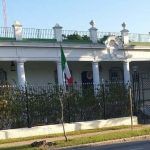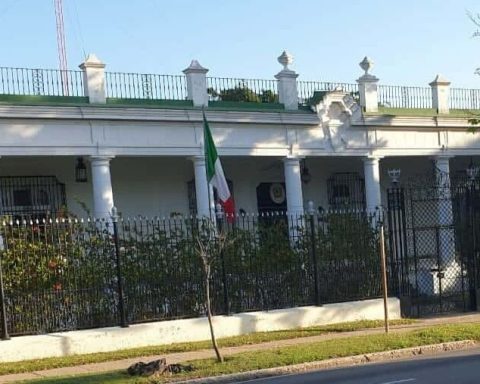The conversion of portions of the Amazon rainforest into areas of shifting agriculture and pasture for cattle raising reduces the diversity of ants, which in turn begin to prey on more insects. This process, however, occurs more intensely in the case of pastures. The conclusion is from a study carried out by a group of nine researchers from the Federal Universities of Lavras (UFLA) and Federal do Acre (UFAC), and are in an article published in the journal Insect Conservation and Diverstya scientific journal that is an international reference in entomology, the branch of zoology that studies insects.
“Ants are great bioindicators of environmental impacts. Bioindicators are organisms that can be used to assess the quality of environments. They indicate the health of ecosystems. This is due to the high sensitivity of ants to changes in ecosystems and the great diversity of their species. In Brazil alone, there are about 1,500 [espécies]. They perform important ecosystem functions, such as insect predation, seed dispersal, soil disturbance and plant defense against herbivores”, explains Icaro Wilker, researcher at UFLA, who led the study.
Shifting agriculture is also known as swidden or slash-and-burn. This is a common practice in extractive reserves, conservation units intended to protect the environment and the livelihoods of traditional populations that survive from extractivism and, in addition, from subsistence cultivation and small animal husbandry.
“In shifting agriculture, the natural environment is slashed and burned. For 4 or 5 years, different types of crops are cultivated, such as rice, beans, manioc and pepper. When the areas are finally abandoned, the secondary forest regenerates. But due to the low economic gain from these activities, the areas of shifting agriculture, where the local populations traditionally produce food, and the forest areas, where they originally drew their livelihood, have been transformed into pasture areas for cattle raising”, explains Icarus.
To carry out the study, fieldwork was carried out in the Chico Mendes Extractive Reserve, created in 1990, in Acre. The immersion took place in 2019. That same year, data from the National Institute for Space Research (Inpe) showed that deforestation within the conservation unit had grown by 203% compared to 2018.
In all, 255 species of ants were observed. Some were more sensitive to the loss of native vegetation and were only found in forests, being absent both in areas of shifting agriculture and in pasture areas. “In the Amazon rainforest, most of them are adapted to survive in an environment with low solar incidence and milder changes in temperature and humidity. When forest cover is lost, solar incidence increases and the temperature and humidity of the place change drastically. There are greater variation, getting hotter during the day and colder at night. These are filters that affect the survival of most species,” said Icaro.
The study revealed that the remaining ants began to prey on other insects more frequently. According to the researchers, this is probably in response to changes in the availability of natural resources – such as diminishing food sources and places to build nests – and changes in environmental conditions such as temperature and humidity.
Despite noting that impacts of the same type occur both by the practice of shifting agriculture and in pasture areas, the researchers observed that the intensity of the effects is quite different. When comparing the two environments, they point out that the places where shifting cultivation occurs are more heterogeneous and diversified in terms of resources, which allows it to harbor more species of ants. In this sense, the study concludes that its replacement by pastures harms biodiversity.
“The abandonment of agricultural areas for the formation of secondary forest can generate a mosaic of areas in different stages of regeneration, allowing the coexistence of different ecosystems and helping to conserve the region’s biodiversity. As for ants, despite the loss of species in these environments, the increase in insect predation can favor small producers, especially in this system with low use of chemical products”, adds Icaro.


















